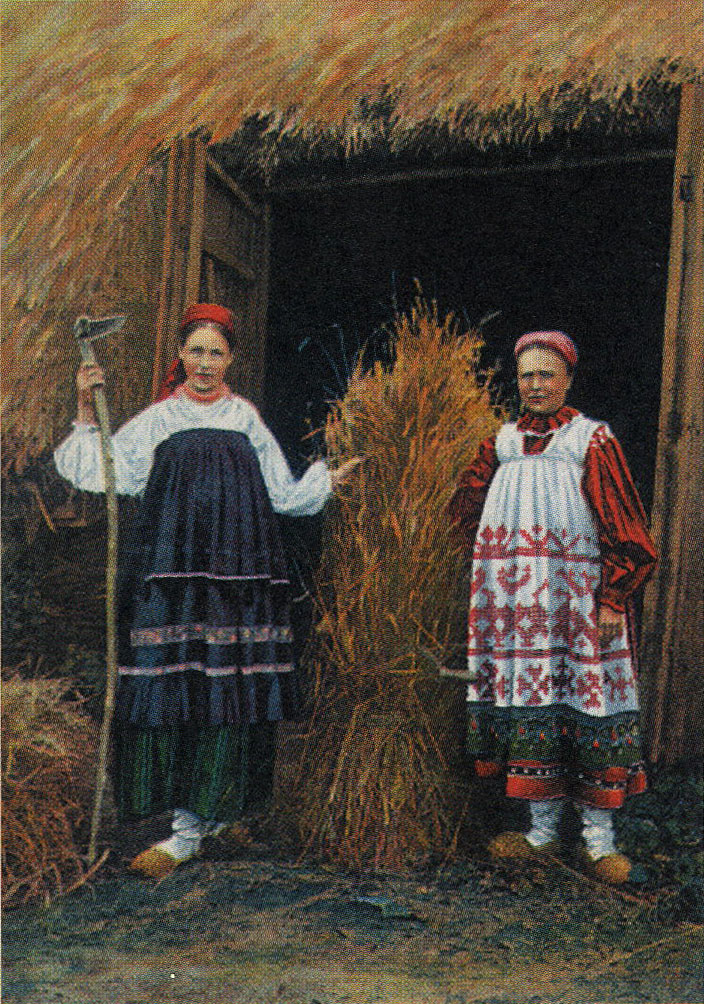Reference



OpenAI's Answer
In the 16th century, several customs were associated with the final harvest gathering, marking the importance of this pivotal agricultural event. Here are a few notable traditions:
-
Harvest Home: This was a large celebration marking the completion of the harvest. Reapers and workers would celebrate their hard work with feasts, music, and dancing. It was common for the festivities to be exuberant and joyful, as it marked the end of the labor-intensive harvest season (source).

-
Making of Wreaths: Sheaves of grains were often crafted into wreaths that symbolized wealth, prosperity, and the hope for continued rich harvests. These wreaths were sometimes blessed to ensure future abundance (source).

-
The Lord of the Harvest: The reapers would appoint one of their number as the 'Lord' of the harvest. This person would often dress extravagantly and lead the celebrations. Sometimes, they would also collect money or gifts from onlookers who enjoyed the spectacle (source).
-
Reaper Processions: After the final sheaves were gathered, reapers would often form processions. They carried the last sheaf ceremoniously back to the village or farmstead, accompanied by singing and music. This final act symbolized the safe gathering of the harvest and was an occasion for community gathering and thanksgiving (source).
-
Feasts and Offerings: Large communal feasts featuring seasonal produce were common. These feasts could be linked with sacrificial offerings, reflecting gratitude for the harvest and seeking blessings for the next agricultural cycle (source).
These customs reveal the agricultural society's deep connection to the land and the cyclical nature of farming life, embedding the harvest in cultural and communal practices.